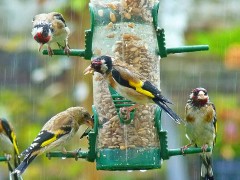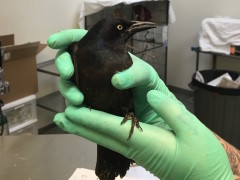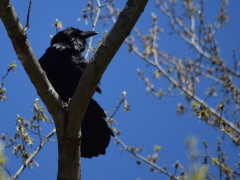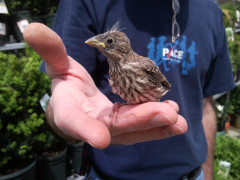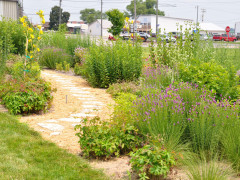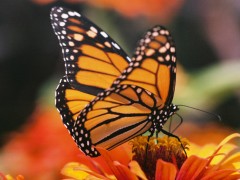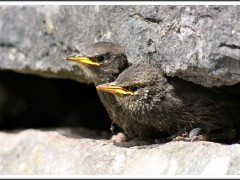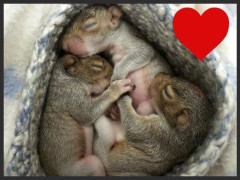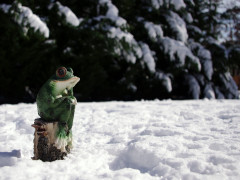Regardless of what kind of animal you are, stormy weather can be a real pain. It usually means there is little to be done other than finding a cozy space to hunker down to wait out the wet weather. Most animals have developed behavioral or biological adaptations to help them stay warm and dry during light rains but heavy rains are another matter [Read More …]
Don’t String Them Along
Trash and litter related injuries are more common than you would think, especially in urban environments. Often, it starts with something as simple as a piece of string. Although string may seem harmless to us, it can cause a lot of problems for wildlife. Small mammals, waterfowl, and other birds can easily become tangled up and get injured trying [Read More …]
Return of the Ravens
A few weeks ago, DOEE Wildlife Biologist Dan Rauch discovered a nesting pair of Common Ravens in DC. This was a surprising discovery. Although other corvids, such as American Crows, Fish Crows, and Blue Jays reside in the DC area, Ravens have not been breeding in DC for over 100 years and historical records of them in our area are few and far [Read More …]
When Love Isn’t Enough
Inappropriate possession of wildlife is a growing problem. It often starts with good intentions. Someone sees an injured or orphaned animal and wants to render assistance. They give it food, water, and provide it with a safe place away from harsh weather and predators. Depending on the age and condition of the animal, they may even choose to keep [Read More …]
Plan to Plant Native: Build A Pollinator Garden
BUILDING a pollinator garden is one of the best ways to help support local wildlife (and humans!). Pollinators, such as bees and butterflies, are essential to a healthy ecosystem. Close to 75% of all flowering plants rely on pollinators for seed and fruit production. Those plants are responsible for providing much of the air we breath and the [Read More …]
Where Are They In The Winter: Butterflies
Almost everyone is familiar with the migration of the monarch butterfly. Each year, they fly thousands of miles to reach warmer climates in the south and avoid the coldest part of the winter frost. Not many butterflies undertake a journey of this magnitude. In fact, only a few species migrate. Why? Migrating butterflies are not like migrating [Read More …]
Make Sure Their Home Isn’t Your Home: Preventing Unwanted Nests
“There’s a baby bird in my oven!” the concerned caller reported. “How did it get in there?” she asked, “It’s not like we left the oven door open.” Calls like this are not uncommon. Every year, many people seek help after birds nest in their houses, apartments, or office buildings. Most are not aware that cavity nesting birds, such as House [Read More …]
Join Us For A Special Valentine’s Day Event!
Each Valentine's Day City Wildlife opens its doors to the public. It is our way of celebrating a sweet and loving holiday and to thank our friends and supporters. Everyone is welcome. Please invite your family and friends and join us in touring the facility, enjoying Valentine goodies, and showing your love for DC’s wildlife by helping us fulfill [Read More …]
Where Are They In The Winter: Reptiles and Amphibians
Most reptiles and amphibians remain in the same area most of their lives. During the winter they have various techniques to help them survive the colder temperatures, both above water and under it. Many turtles burrow into the ground, either on dry land or in the dense mud at the bottom of lakes, streams, and other bodies of water. The Eastern [Read More …]
Where Are They In The Winter: Mammals
Mammals use a variety of techniques to survive the colder months. Some migrate to warmer climates where food is more readily available. Others remain in their home range, growing thick winter coats and altering their diets. Some mammals, like squirrels will do “pre-season preparation” where they create large caches of foods in the fall that can [Read More …]
- « Previous Page
- 1
- …
- 5
- 6
- 7
- 8
- 9
- Next Page »
